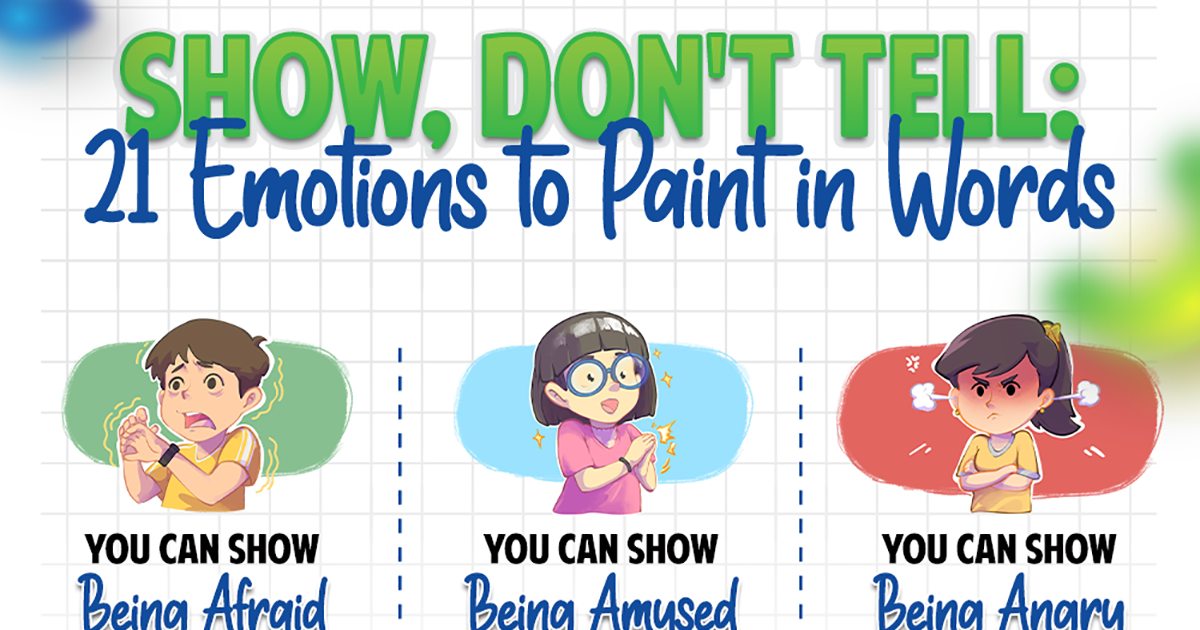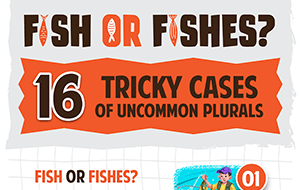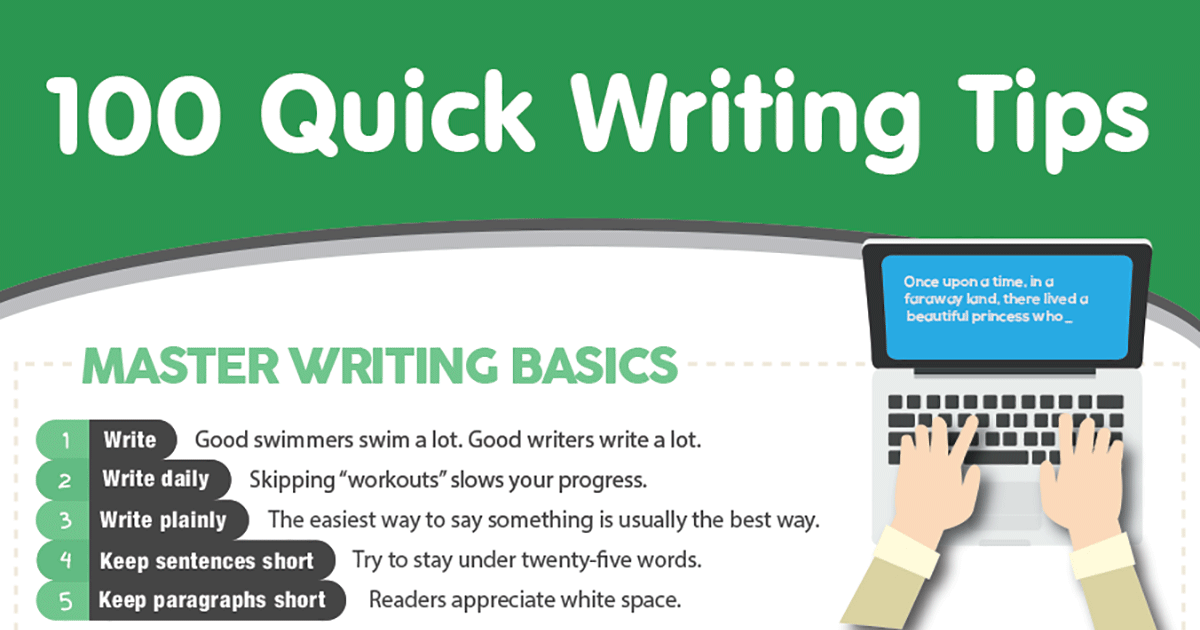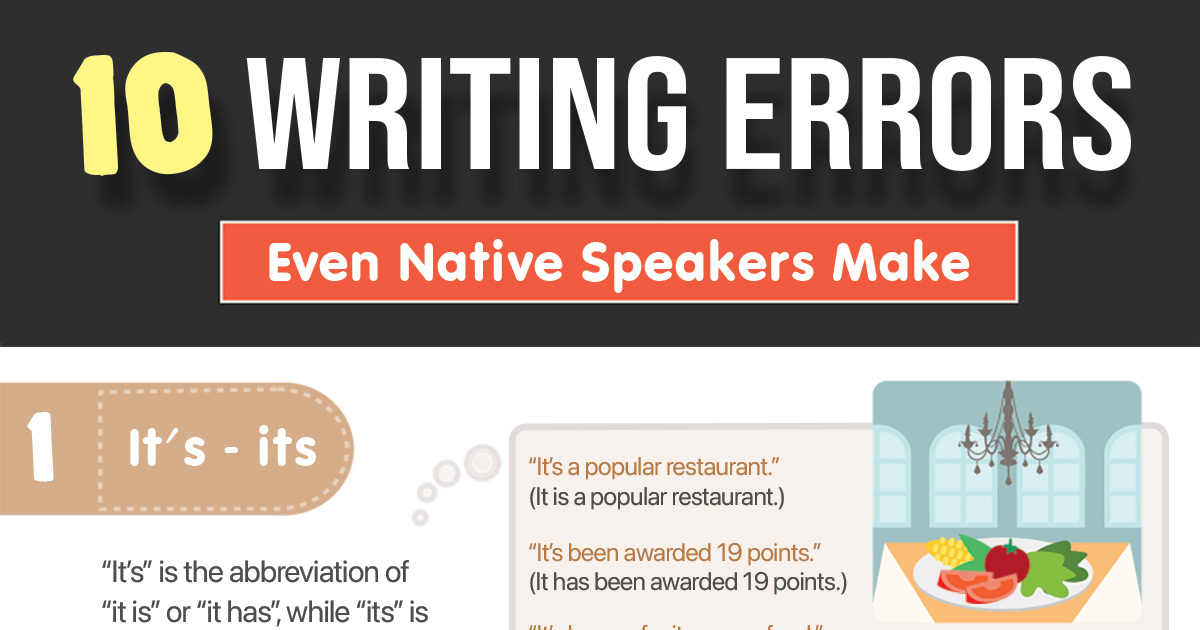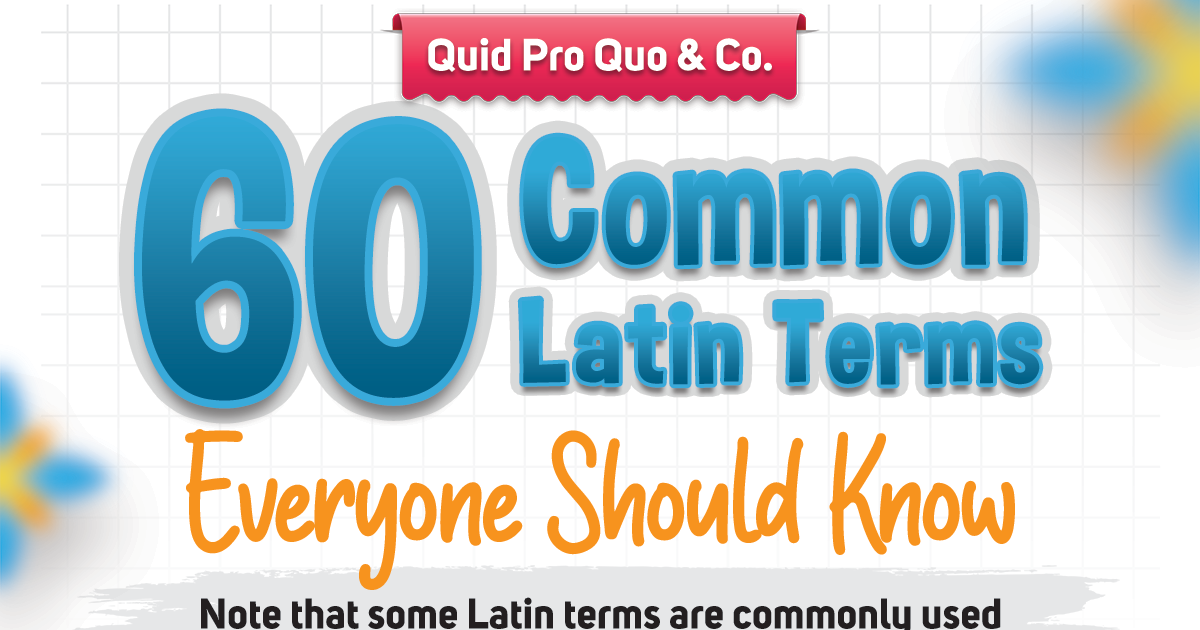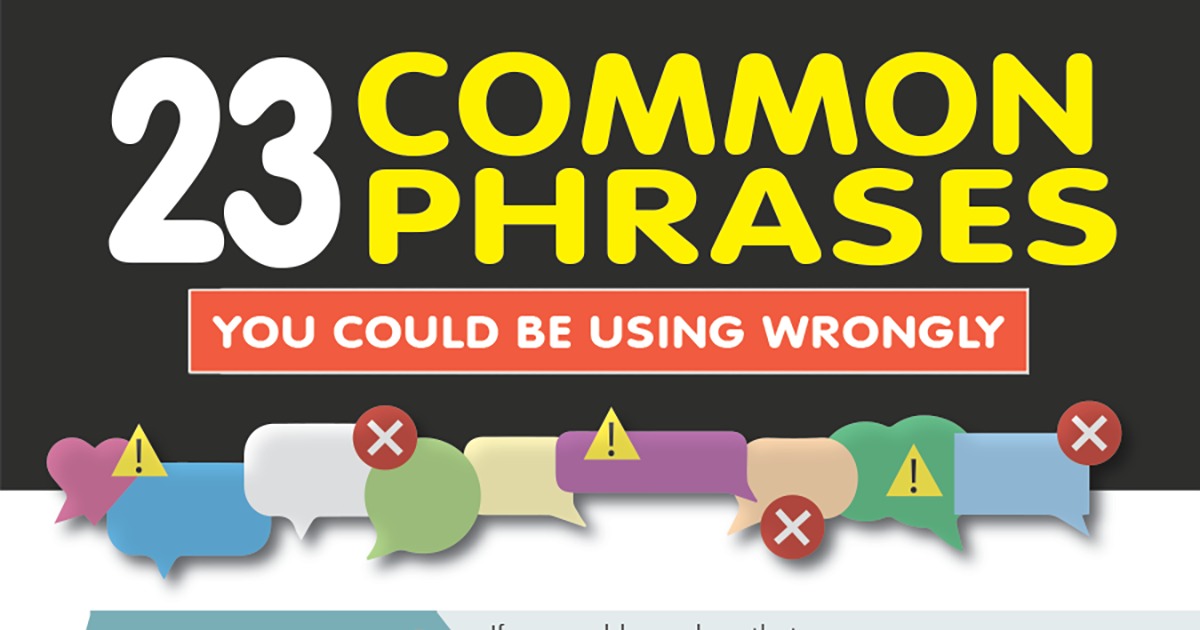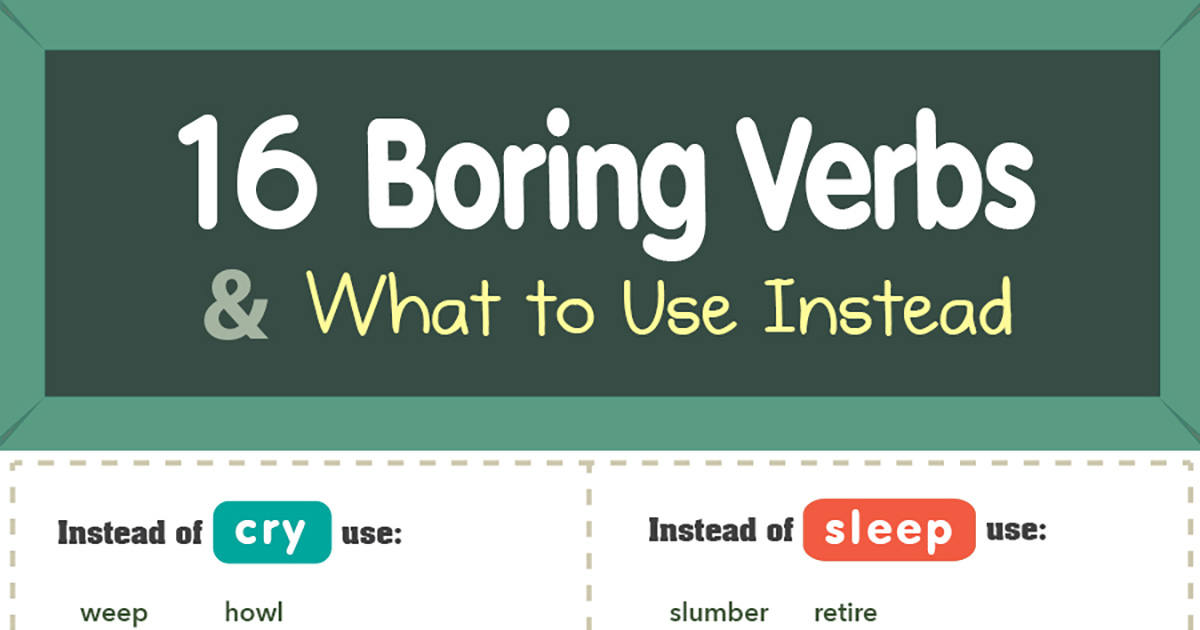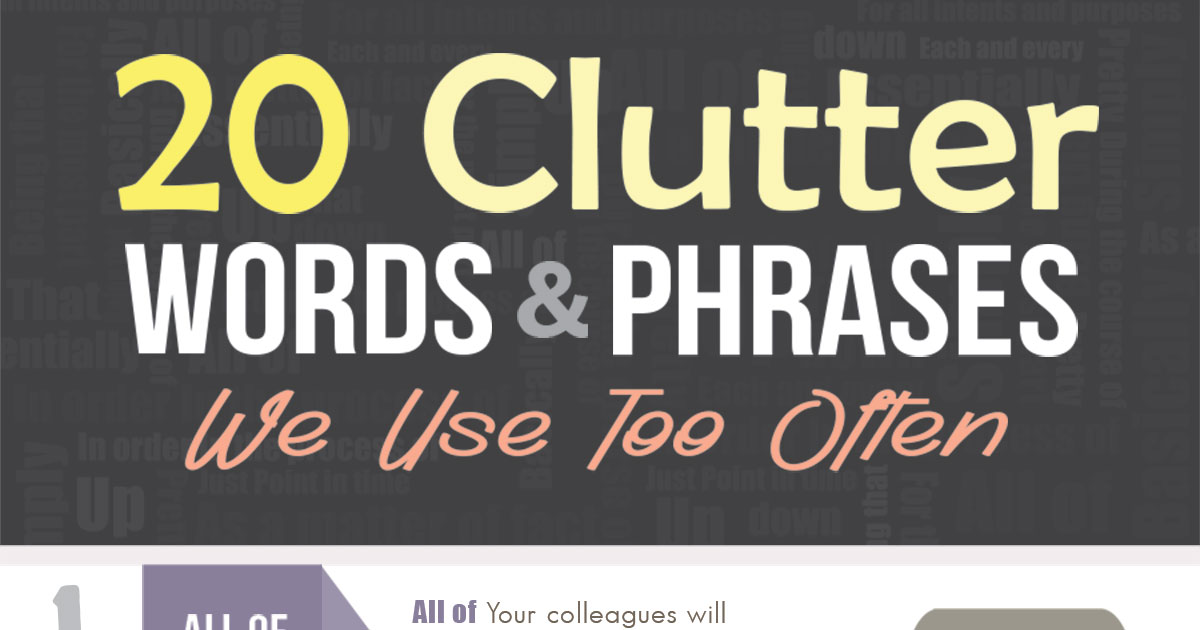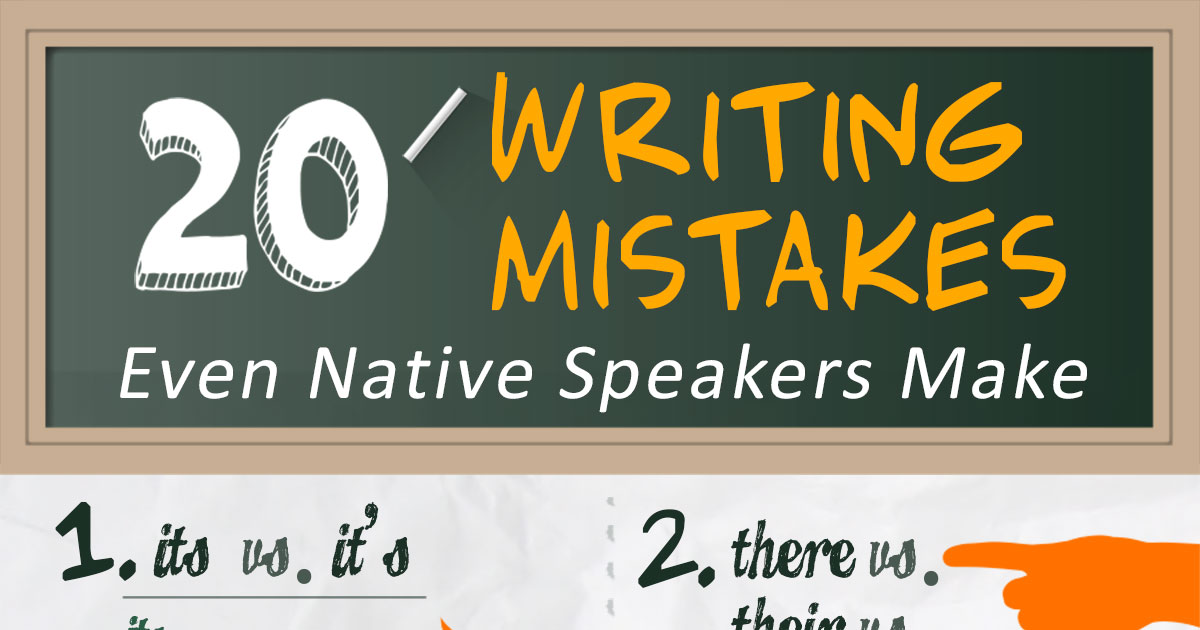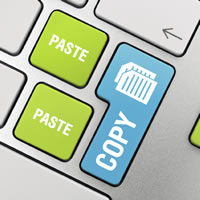 Checking your papers and posts for plagiarism is important if you run a serious business, write an essay for college, or are finishing up an important official release. You should make certain that everything that you publish is original, because you don’t want the owner of the content to come after you and accuse you of using their content without their permission, maybe even attracting the attention of their lawyers. If you have a blog, you have to write original content, where possible, so that you won’t be punished by Google for duplicate content. If you quote, use proper citation, mentioning the author, title of publication, and page number or URL of the source. While most content creators would agree with this "link for quote" approach, some wouldn't. In these cases or in cases of doubt, you need to contact the creator first, and ask for permission. This is extremely important if you plan on publishing something with commercial interests.
Checking your papers and posts for plagiarism is important if you run a serious business, write an essay for college, or are finishing up an important official release. You should make certain that everything that you publish is original, because you don’t want the owner of the content to come after you and accuse you of using their content without their permission, maybe even attracting the attention of their lawyers. If you have a blog, you have to write original content, where possible, so that you won’t be punished by Google for duplicate content. If you quote, use proper citation, mentioning the author, title of publication, and page number or URL of the source. While most content creators would agree with this "link for quote" approach, some wouldn't. In these cases or in cases of doubt, you need to contact the creator first, and ask for permission. This is extremely important if you plan on publishing something with commercial interests.
If you are a teacher or some type of instructor at an educational institution or you need to check the work of people regularly for originality, you can use a wide variety of tools for a plagiarism check that can help you to see if work is original or if you need to tell the author that they should quote a source for their obviously copied work. Here is list of ten sites that you can use, along with a quick review of each one and our results from a test run of the content.
For our sample purposes, we have used content from Wikipedia: http://en.wikipedia.org/wiki/Plagiarism to see how each tool performs.
1. Copyscape.com (Free/Paid)
This tool is free, but if you want more results and details, you need to purchase the premium version of this tool. The premium version charges you five cents per page for the plagiarism check for each page that is checked with the tool. You simply cut and paste your URL into the given search box and the tool searches around online to see if there are copies of your content on the net.
Pros: You can get an accurate picture of any of your content that is being copied and the magnitude of that being copied;
Cons: You have to pay 5 cents per copy check
When we plugged in the URL of the content from the site, we received a list of 10 sites that apparently have similar content. The content listed includes exact matches, content that is similar to your copy, partial copies and content that has been modified from your original form.
2. Grammarly.com (Free Trial/Paid) Winner "Accuracy"
This tool is free to run your content, but once the results come up you are prompted to sign up for a free 7 day trial. Although you can cancel your subscription before those seven days are up, you can also choose a subscription plan – the options are $29.95 a month, $59.95 quarterly or $139.95 annually.
Pros: The information that is given back to you is pretty accurate.
Cons: This is a paid side and the details given for the content are pretty intense, most people won't really get it unless they have a university degree in English.
We took a couple of paragraphs of the content and pasted it into the box. The results we got back included a score of 42 out of 100, "weak, needs revision". Unoriginal text was detected, there was some issue with sentence structure, and there were six apparent issues with the writing style and vocabulary use. Of course, you would have to pay for a membership to see what those issues were.
3. Writecheck.com (Paid only)
This tool is not free, in fact it actually requires that you sign up for an account and choose a payment option, the lowest cost one being $7.95 per paper check. This site is geared towards university or college students who want to turn a paper in to their instructor and want to ensure that it is accurate and well-cited as well as being free from plagiarism. Upon submission, the writing is checked for similarities and phrases and quotes that are not cited against 250 million student papers, 110,000 published works and the world wide web.
Pros: This is one of the most comprehensive plagiarism checkers available online.
Cons: It's not free and can be quite costly for a single use. There is no option for a free check to see if you like the tool before you buy.
4. Plagscan.com (Paid only)
This is another way to detect plagiarism that is not free. You can't even run a free trial to see if you like the interface of this tool, it prompts you immediately to sign up for a paid account running on a system that they call "Plag Points". Each "Plag Point" allows you to analyse 100 words or a fraction of a document. Obviously, we did not test this one out, but it seems like it is pretty much on par as far as cost compared to other paid sites. There is quite a bit of detail that is returned to you as the user when you run a scan using this tool.
Pros: You can cancel your membership if you do try the site and don't like it.
Cons: You can't try the service before you make a purchase. If you want to cancel your membership you need to explain why. As far as we are concerned, if you are not happy, there is a reason, but you shouldn't have to explain yourself.
5. Turnitin.com (Paid only)
This site is geared towards teaching professionals and is generally meant for institutions who wish to open an account in the name of the school. The motto of the site is to prevent plagiarism and motivate students. The school has to get a quote of what it would cost for a membership, then the paper in question can be entered into the system to be checked. Originality reports details where matches are found to other papers in the database. Sources are listed and instructors can filter so that quotes are eliminated. The cost of this program may not be worth it if you are not using it every day for several projects daily.
Pros: Very useful for instructors – can create a data base of students and where they stand – can be used as a tool to help students to strengthen their writing skills.
Cons: Geared towards schools and instructors, not webmasters.
6. Plagium.com (Free, but...)
This site is free to use, but does request a donation if you like the service. When we entered a few paragraphs of text from the linked page, it returned 9 possible content matches. Five of those had copied the content 100%, although one of those was the original site. You can get a pretty good idea of how original or copied the content is.
Pros: The program is completely free to use.
Cons: There is not much detail around what you are looking at as far as analysis, but the program does provide a list of sites where duplicate content has been found.
7. Scanmyessay(Paid, Currently offline)
This site shows a free download, but we did not do the free download because we didn't want to deal with the nag that would pop up for payment after the initial trial. We just found this one to be mentioned quite a bit online and thought it was a good program to include in our list of possible content copy checkers. There is a full description of how the downloaded program works to identify plagiarism and it seems to hit all of the highlights that most programs do. As we said before, we are not sure if you would need to pay for the program after a download, because we did not proceed with the download.
Pros: Nothing really.
Cons: Not sure if there is a fee to use the program or if you are charged to see the results that come up after you have scanned your material.
8. Plagiarism-detect.com (Free) Winner "Free" (Currently offline)
As far as free sites to check for plagiarism go, this one is quite detailed and pretty accurate. The results were quick and listed right there on the screen for us to see, so it took the guesswork out of what we were checking. The interface of the tool was quite plain and simple to view, so it was not at all confusing. On the left two boxes show up that show the number of the words in the text and the sentences that are believed to be copied from another source. You can save the results, print them or insert a new project by clearing out the box. This is a pretty good program for a freebie.
Pros: Free to use, fast results. The details are clear and simple to read and provide a good amount of information that is useful.
Cons: None, that we could see right away, but if we continued to use the tool, some may arise for sure.
9. Dustball.com (Free, but...)
This is another free tool that lets you copy your content into the box to be checked. We did just that and found that the exact content that we had copied into other free sites did not return the same amount of accuracy. Only two short sentence fragments were returned as "possible plagiarism" which does not instill much confidence, especially given the detail we saw in some of the earlier free programs we tried with much more detailed results.
Pros: Free to use with a paid version also available.
Cons: Not sure how accurate the free version really is. The more text you paste in the longer the check takes. If you are dealing with a long essay, it seems like the check could take an hour.
10. Plagiarisma.net (Free, but...)
This free tool allows you to cut and paste your content into the box and select several search engines to run the check. The end result pops up with a list of sites that contain duplicate content. This site showed the actual content that was duplicated (for free), not just the sites that had the content. Not all of the sites that were listed by Grammarly and Copyscape showed up, interestingly enough. We did not really want to trust the results on this one since we saw more accurate results from other free sites that we had already tried.
Pros: Free to use.
Cons: Not too certain how accurate the results are.
Tips For Webmasters
When you run a plagiarism check it is important to understand the results. Paid tools probably have more instructions than free ones, so that is important to note. If you are looking for a free tool, then the selection of good ones is pretty limited. Anyway, you need to try and compare them to see which one you like the best. Some have complicated interfaces while others are quite plain and simple to use. If you only plan on checking a few documents once in a while and are not too concerned with accuracy, then a free online tool may be enough for your purposes.
If, however, you are a teacher or have your own website and are concerned about content theft (without proper accreditation) then you should consider a paid tool that will provide you with accurate information and where exactly you can find your copied content. Many people will copy your content and that, in itself is fine, so long as they give you a backlink for that content and provide the source of the original content in their reproduction.
Unfortunately, not so many people are that honest and you may have to hunt around online to ensure that you are not being ripped off by content grabbers. If it is a big concern to you, then you can use certain types of anti-theft publication tools where the content cannot be easily copied or printed if someone wants to reproduce it.
Anti-copying can be made possible by disabling the right click option when people scan your content (Source). However, in many cases, current browsers are immune to these "right-click prevention"-scripts, and several of these methods are not working any longer.
Check online often and run your content to see if it has been reproduced. Even with the most stringent anti-copying measures, there are still people that will find a way to copy your content without your permission. Take all of the necessary precautions and make sure that your content is not stolen from your site.
Do you have any tips to share on how to prevent plagiarism being a webmaster? Please share in the comments below...

